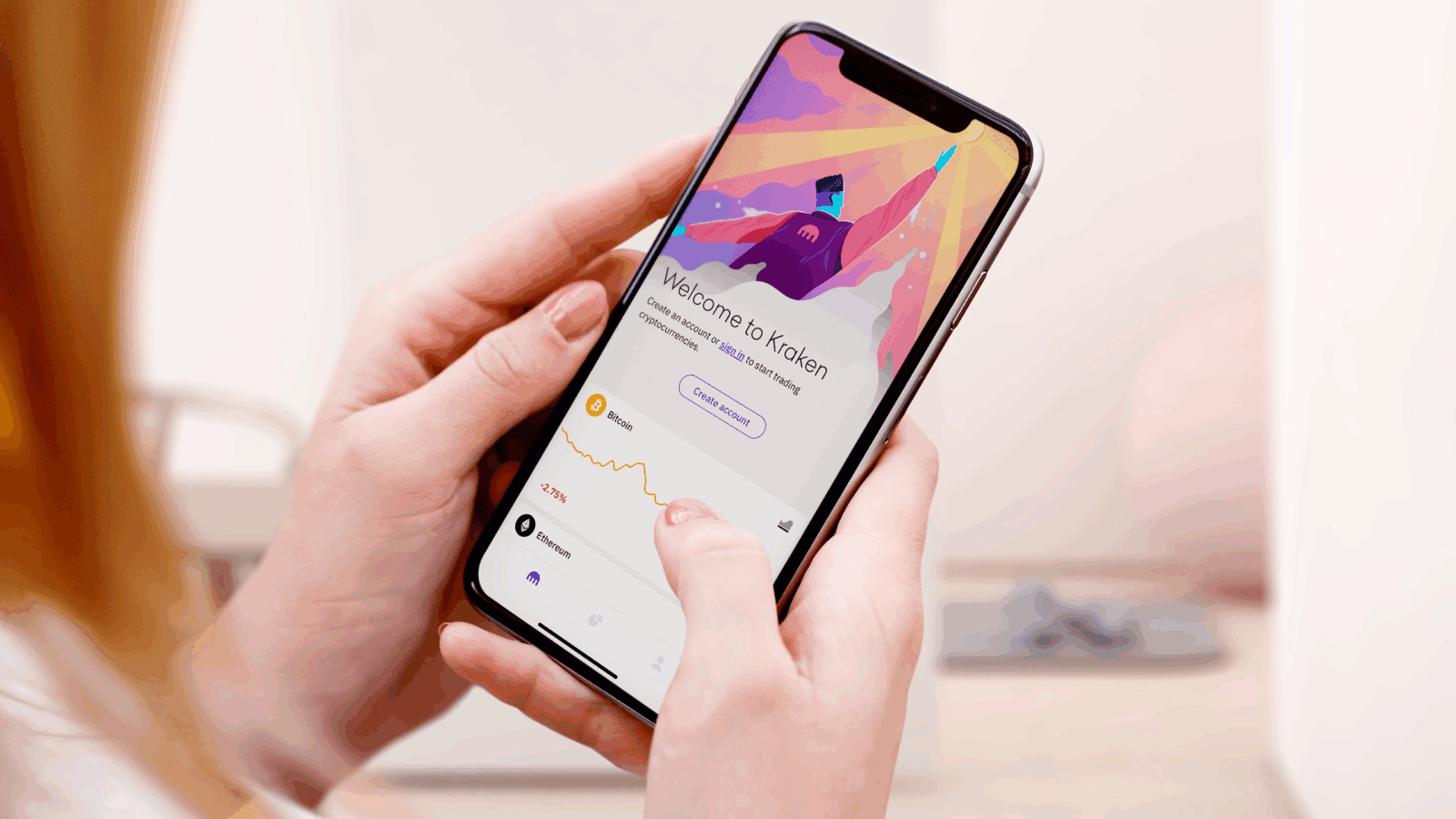
Sign up for smart news, insights, and analysis on the biggest financial stories of the day.
Apple has fought tooth and nail to keep components, manuals, and third-party repair shops off the market, to maintain a status quo (that is to say making it easier to replace broken devices with new ones rather than fix them).
The tech giant appeared to wave a white flag to the “right to repair” movement on Wednesday when it announced it will launch a self-service program in early 2022 providing tools, parts, and repair instructions to the iPhone-owning public.
Apple’s Tart
Apple has argued for years that third-party repair shops put consumer data at risk and allow their intellectual property to be pirated, a claim right-to-repair advocates have called BS on — as did a group of environmental advocate shareholders who filed a resolution in September demanding the company change its restrictive repair policies to help save the earth.
Had Apple not acted, the issue would have gone to the SEC to resolve, but after today’s announcement, the green-minded shareholders withdrew their complaint.
The SEC may have sided with the Macintosh maker, but government regulators were already chomping at the bit to get a bite out of the likes of Apple:
- Right-to-repair laws have been introduced in 27 states in 2021, though none have passed and Apple’s high-paid lobbyists have gotten a number of them killed.
- The temperature is even hotter at the federal level: In May, the FTC ruled there was “no empirical evidence” that independent repair shops are a risk to consumers; in June, the first right-to-repair bill was introduced to Congress; and in July, President Biden signed a sweeping executive order directing the FTC to draft new rules limiting cell phone makers ability to restrict third party repair.
The Nuts and Bolts: The scope of Apple’s new program is fairly limited. To start, it only services iPhones 12 and up, and laptops with M1 chips. Plus, it’s aimed at “technicians with the knowledge and experience to repair electronic devices,” but that shouldn’t be an issue with the majority of users. “Most people don’t want to fix their own phone,” Gene Munster, a tech analyst, told The Wall Street Journal. “This is just largely for show and kind of appeases a very small segment of owners.”
To Pro-Tech and Serve: The program is objectively a win for right-to-repair advocates, as it invalidates some of Apple’s legal arguments. But it also gives Apple more control. A customer might repair a device they’d otherwise have replaced, but those who were already going the repair route are definitely more likely to buy full-price parts straight from Apple.











